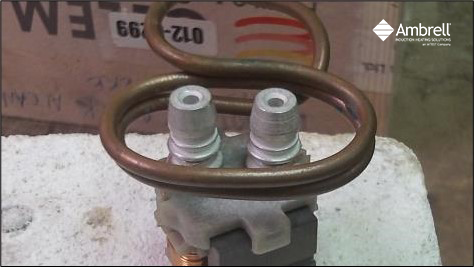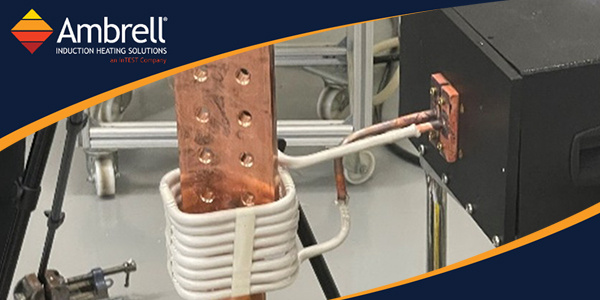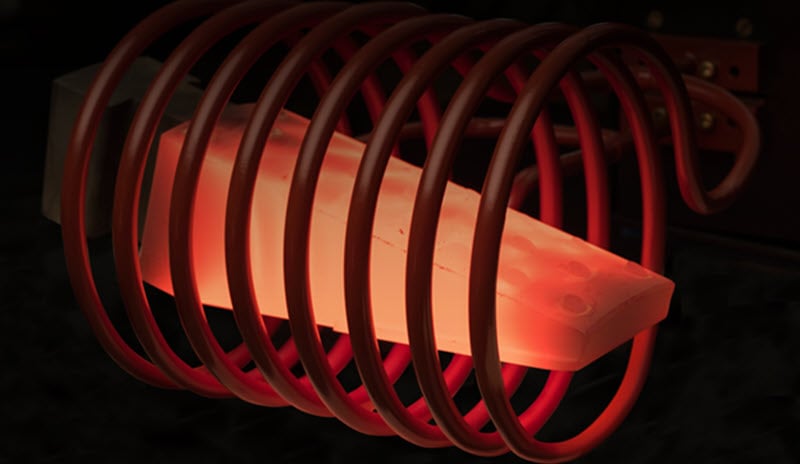How Researchers and Universities Use Induction Heating
Induction heating, a process that uses electromagnetic induction to heat electrically conductive materials, is often thought of for large industrial...
Applications
Applications: More
Applications: More

Industries:
Industries: More
Industries: More
Industries: More

Products:
Products: More
Services: More

Learn:
Learn: More
About:


A client from the automotive industry contacted THE LAB at Ambrell as they needed to solder a pair of magnetic steel pins/posts to manufacture an automotive component. An Ambrell EASYHEATTM 1.2 kW, 150-400 kHz induction heating system equipped with a remote workhead and two-turn pancake coil specifically designed for this application was determined to be the right solution for this soldering application.
Initial testing was performed to optimize power delivery to the part. Any remaining insulation on the wire was removed with sandpaper. A foot peddle was part of the induction heating system setup to facilitate manual feeding of the solder. The part was placed in the coil and the power was turned on. After seven seconds the solder began to flow and the solder was fed to the joint. Power was pulsed for one additional second to allow the solder to continue to be fed. The overall process took less than ten seconds. The target temperature for the application was 470 ºF (243 ºC) and the system frequency was set to 214 kHz.
Using induction for a soldering application like this one offers several benefits. Heating took under 10 seconds. While this was a new process for this client, other heating methods would have likely been slower. Induction also offers precise, repeatable heating, meaning the customer can expect the same result every time with only the desired portion of the part heated. Finally, safety is a considerable benefit as there is no open flame with induction heating.
This is just one example of the numerous applications that THE LAB at Ambrell handles on a daily basis. You can explore a full range of application notes from various industries on our website. And, of course, we welcome you to send in your parts for free testing. Be sure to ask about our Virtual Lab Service offering, where you can observe testing live from the convenience of your office. 

Induction heating, a process that uses electromagnetic induction to heat electrically conductive materials, is often thought of for large industrial...

Objective A company had been using a flame for brazing copper assemblies to make electrical components, but they contacted THE LAB at Ambrell because...

Induction heating is a highly efficient and versatile technology with numerous industrial applications. Unlike traditional heating methods that rely...